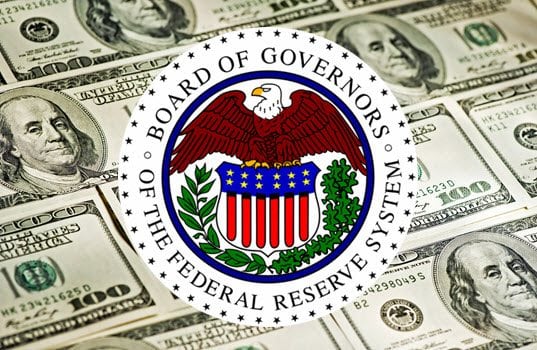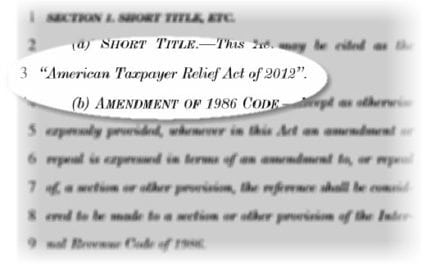By John C. Flippen, Jr. Managing Director of Petroleum Capital and Real Estate, LLC (PetroCapRE)
Your Company and your Bank have several things in common and in this article I am going to focus on three interconnected items: Regulation, Leverage and Profit.
Regulation
In today’s ever increasing regulatory environment, particularly in the world of banking, there is always someone watching. Why are they watching? What are they looking for? Whether it is the Federal Reserve (FED), the Comptroller of the Currency (OCC) or your local bank there are rules, some clearly defined and others that have yet to be defined, that must be followed by law. Banks have a few to hundreds of regulators (people) working directly in their building(s) watching every transaction and Banks continue to work with their regulators to better understand and comply with the rules set by the FED and/or the OCC.
According to Wikipedia these are some of the reasons why banks are regulated:
- Prudential—to reduce the level of risk to which bank creditors are exposed.
- Systemic risk reduction—to reduce the risk of disruption resulting from adverse trading conditions for banks causing multiple or major bank failures
- Avoid misuse of banks—to reduce the risk of banks being used for criminal purposes,
- To protect banking confidentiality
- Credit allocation—to direct credit to favored sectors
- It may also include rules about treating customers fairly and having corporate social responsibility (CSR)
Keep in mind that your Bank is being monitored by federal regulators just as the banks monitor your loans. Under the increasing regulatory environment some Banks believe that it is their responsibility to be intimately involved in your business. Your Company may not have regulators working in the same building, but I am sure some Companies feel like the Banks have become a part of their management team. From PetroCapRE’s vantage we see tremendous variance between banks and how much they are involved in a company’s business on a day to day basis.
Leverage
One of the primary items that the regulators monitor Banks for is leverage. The FED and OCC have decided that the maximum preferred leverage should be six (6) times Total Debt to EBITDA or less. Total Debt includes not only senior debt, but also junior and/or mezzanine debt as well. As with all broad measures it is not always applicable to all industries and/or loans. For instance, an Internet services company (low leverage) will need substantially different leverage than a company with a lot of real estate assets (high leverage). Bank regulators separate all of the Bank’s loans into different categories with different risk ratings based on many factors with leverage being an important component. These categories are important because they dictate the “Capital Requirement” that a bank must maintain in cash/equity as a percentage of risk-weighted assets. Sounds familiar doesn’t it. What is the first question a bank will ask your Company when it is buying a new asset or refinancing – “How much equity are you putting in?” Just substitute equity for Capital Requirement and now you understand that the regulators are requiring Banks to apply a higher portion of equity to riskier loans.
The regulators will scrutinize loans that have leverage higher than six (6) times and place those loans into what is called the “Criticized Asset” category. It is similar to when/if your Company breaks one of its loan covenants and your Company is put under closer review and no one likes that process.
So, the commonality between the Bank and your Company is that leverage is closely monitored and higher amounts require higher equity infusions which affect financial returns i.e. profit. Also of note, is that these rules to reduce Bank leverage have produced an increase in non-regulated lenders willing to fund higher leveraged loans and our industry has been a recipient of this interest due to its high real estate component and steady cash flows.
Profit
In the end it is a tug of war between the borrower (your Company) and the bank (your Lender) as to how much each business is willing to give up in profit. If a bank loans your company money at a higher leverage ratio it will have a larger Capital Requirement and thus make less on that loan. Although this is only one item that dictates the amount of money a bank will receive from making a loan to your Company, it is an important one to remember. Your Company on the other hand would like to allocate the least amount of equity as possible for a loan as long as it is earning a better return on its capital/equity. In essence, your company wants to obtain higher leverage and your bank wants to provide lower leverage and both come down to the same reason Profit.
Which brings me to my next topic Return on Invested Capital or ROIC for short. In my next article, I will discuss why ROIC is the primary metric by which to measure your business.
 John C. Flippen, Jr., [email protected], and PetroCapRE (www.PetroCapRE.com) provide buy-side acquisition and capital restructuring services. We focus on superior service, providing our clients with a comprehensive array of strategic advisory and execution capabilities. Our in-depth strategic planning and proprietary modeling tools give our clients a thorough understanding of how to evaluate complex potential acquisitions and recapitalizations, from multiple perspectives. $1.3 billion in successfully completed transactions reflects our focus on building long-term relationships.
Note: The opinions expressed here are those of the author(s) and not necessarily those of FMN.
John C. Flippen, Jr., [email protected], and PetroCapRE (www.PetroCapRE.com) provide buy-side acquisition and capital restructuring services. We focus on superior service, providing our clients with a comprehensive array of strategic advisory and execution capabilities. Our in-depth strategic planning and proprietary modeling tools give our clients a thorough understanding of how to evaluate complex potential acquisitions and recapitalizations, from multiple perspectives. $1.3 billion in successfully completed transactions reflects our focus on building long-term relationships.
Note: The opinions expressed here are those of the author(s) and not necessarily those of FMN.








